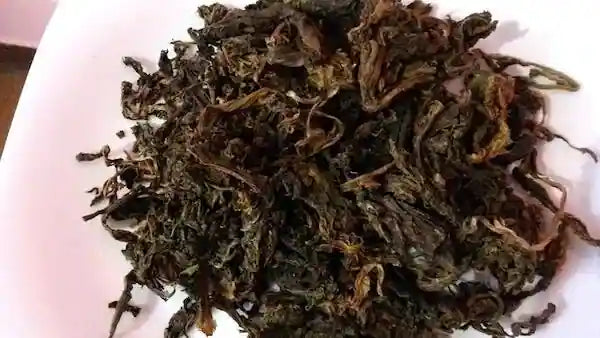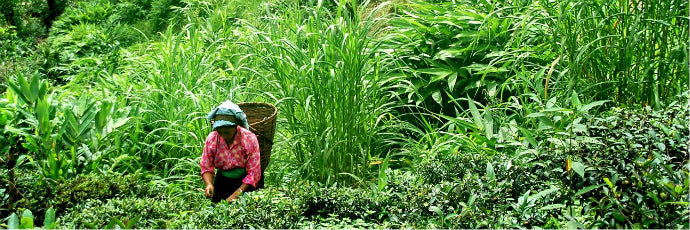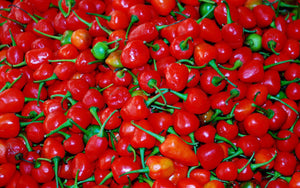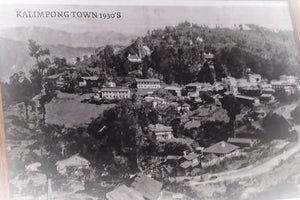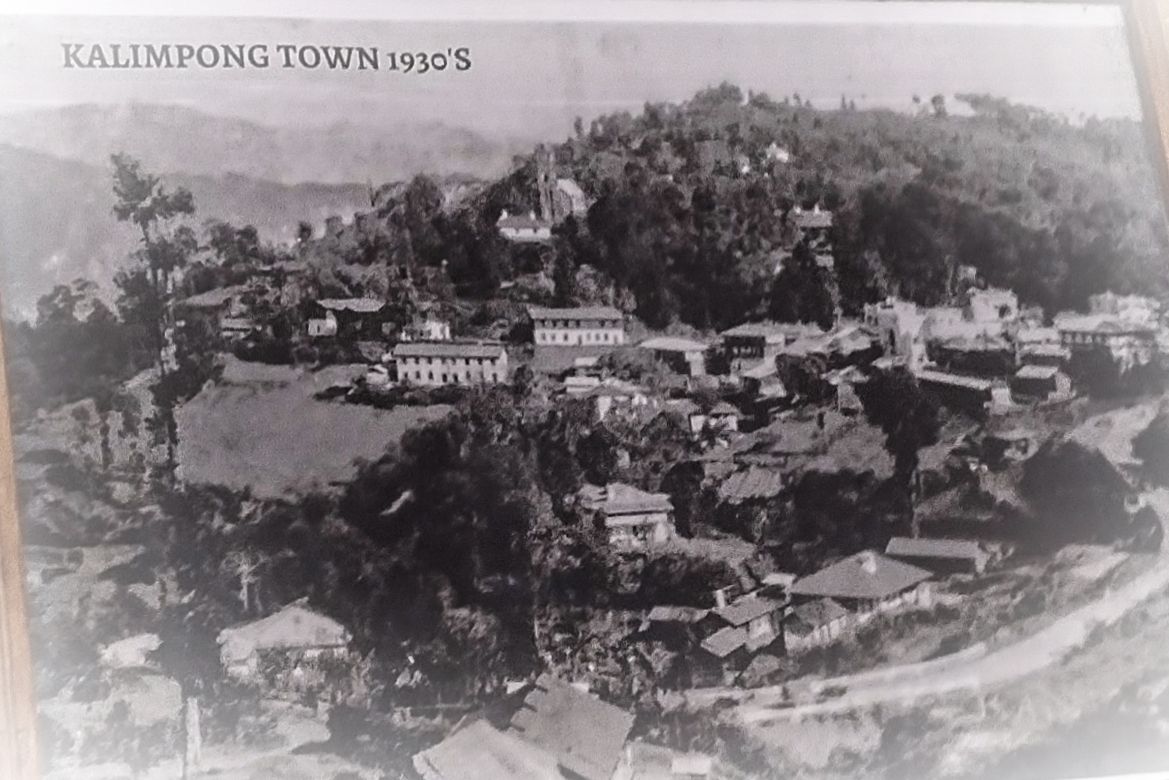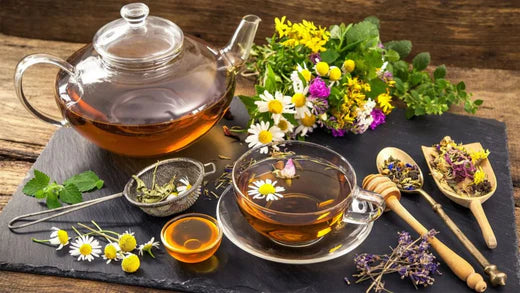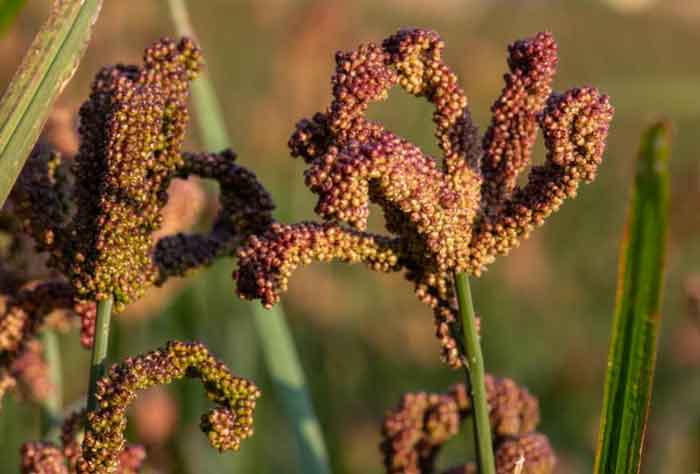In the heart of Nepal's diverse culinary landscape lies Gundruk, a traditional fermented leafy green vegetable that has been a staple in Nepali cuisine for generations. Rich in flavor and cultural significance, Gundruk is not just a food item but a testament to Nepal’s resourcefulness and the preservation of its agricultural heritage.
The Origins and Cultural Significance of Gundruk
Gundruk is deeply rooted in the agrarian lifestyle of the Nepali people. Historically, it was created as a means to preserve leafy vegetables during the winter months when fresh produce was scarce. The tradition of making Gundruk is a communal activity, often involving entire families and communities, reflecting the close-knit social fabric of rural Nepal.
The Process of Making Gundruk
The creation of Gundruk is an art that has been perfected over centuries. It begins with the selection of leafy greens, commonly mustard leaves, radish leaves, or cauliflower greens. These leaves are wilted and then tightly packed into containers, traditionally earthen pots, where they are left to ferment naturally.
-
Wilting: Fresh leafy greens are washed and left to wilt in the sun for a day or two. This step reduces the moisture content and prepares the leaves for fermentation.
-
Fermentation: The wilted leaves are packed tightly into containers, often with a bit of salt to enhance the fermentation process. They are then covered and left in a warm place for several weeks. During this time, natural bacteria and microorganisms break down the leaves, creating the distinctive sour taste of Gundruk.
-
Drying: After fermentation, the leaves are spread out to dry in the sun. This drying process not only preserves the Gundruk but also intensifies its flavors.
Nutritional Benefits
Gundruk is not only a culinary delight but also a nutritional powerhouse. It is rich in vitamins, particularly Vitamin C, and minerals such as iron and calcium. The fermentation process enhances the bioavailability of these nutrients, making Gundruk a valuable addition to the diet, especially in rural areas where nutritional deficiencies are more common.
Culinary Uses
Gundruk is incredibly versatile and can be used in various dishes. It is often added to soups and stews, imparting a tangy flavor that enhances the overall taste. A popular dish is Gundruk ko Jhol, a soupy preparation made with Gundruk, tomatoes, and spices. Gundruk can also be mixed with other vegetables to make a delicious side dish or even eaten on its own as a fermented salad.
Conclusion
Gundruk is more than just a food item in Nepal; it is a symbol of the country's rich cultural heritage and agricultural ingenuity. Its unique taste and nutritional benefits make it a beloved staple in Nepali households. As the world turns towards sustainable and traditional food practices, Gundruk stands out as a perfect example of how ancient wisdom can offer solutions for modern dietary needs. So, the next time you savor a dish with Gundruk, remember that you are enjoying a piece of Nepal’s history and tradition.
Buy Gundruk -
